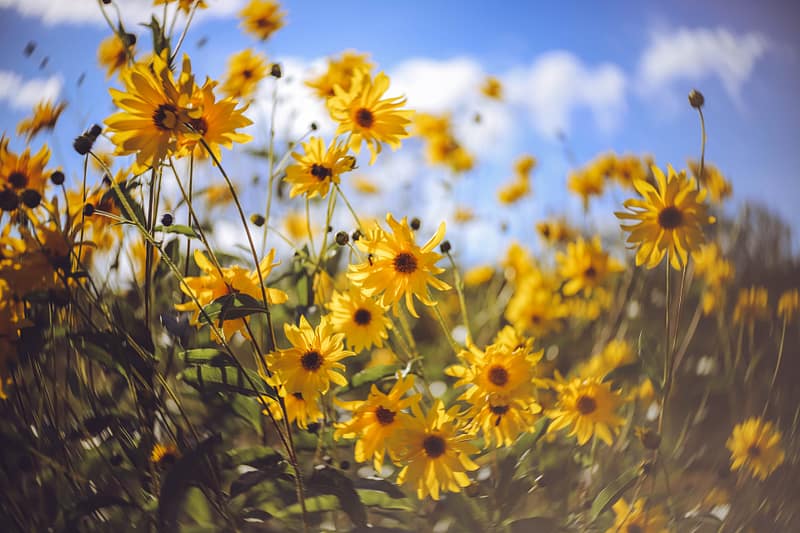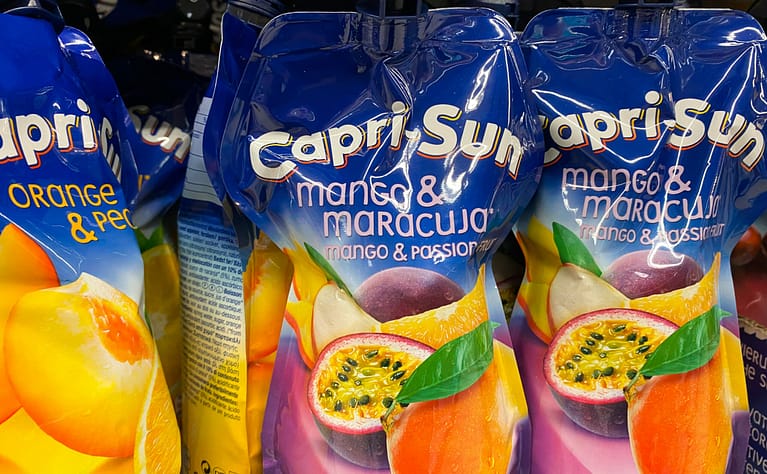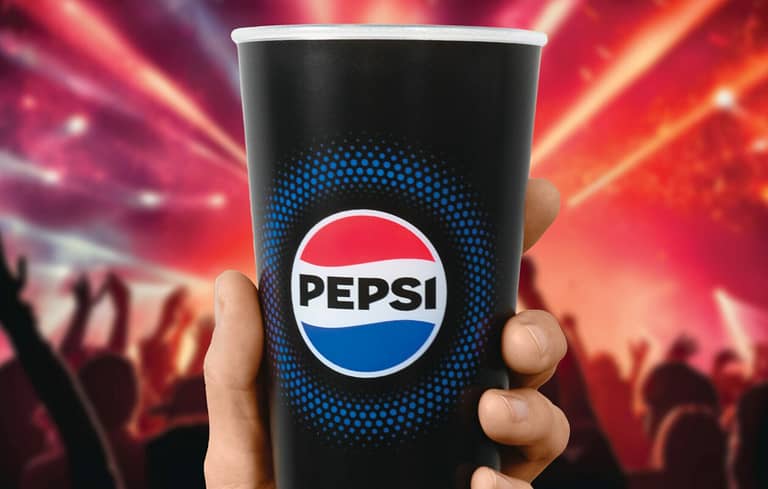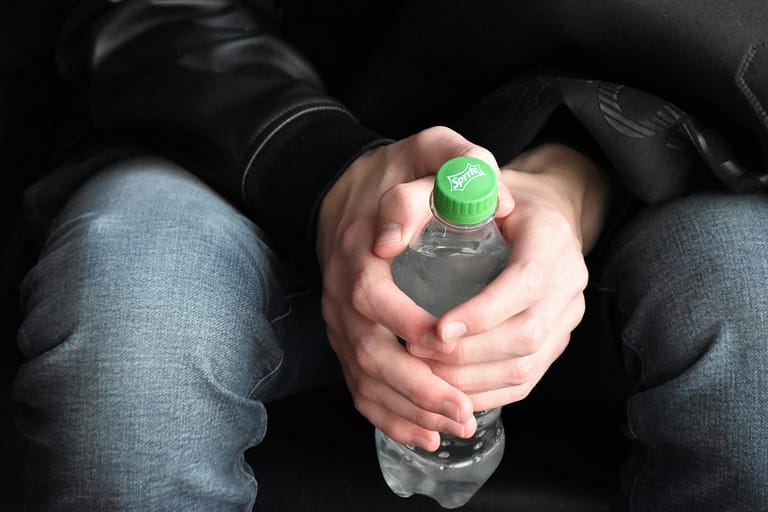Paper also needs arguments. Silphie replaces wood.
Thomas Reiner | 12.05.2021
Sustainability does not stop at the substitution of plastic. Paper has also had to learn this in the meantime. Climate protection and efforts to find regional sources of raw materials are leading to the testing of alternative fiber sources that can replace wood. Europe’s largest retailer is now introducing paper packaging based on the energy crop silphie for the first time. We will see more of this. Market acceptance is growing.
In the early days of the ocean littering-fueled environmental debate, the strategy of replacing plastic with paper or glass was a valid sustainability argument. But those days are coming to an end. Climate protection in particular, which is becoming increasingly important, is broadening the focus of environmental protection and sustainability. The way in which raw materials are extracted, the transport kilometers required and the energy input are weighing ever more heavily. Regionality as a “learning from the lockdown” is also gaining in importance.
Europe’s largest retailer & wholesaler “Schwarz Gruppe” (Lidl and others) is therefore testing the use of paper packaging based on the regionally grown silphie plant for the first time in its Kaufland stores. The material comes from the start-up subsidiary “Out Nature” and packages mushrooms and tomatoes, among other things.
Silphie stabs wood (and plastic)
- Silphie is an energy crop that has been used primarily as “feed” for biogas plants. According to “Out Nature,” the plant is very robust and easy to care for. Fertilizers and pesticides are virtually unnecessary, and water consumption is also limited. Another big plus is that silphie can be grown and processed regionally.
- The plant fibers are separated using a biothermal process. Unused plant components subsequently go into biogas energy production.
- According to the producer, the silphie paper can be used in a wide range of paper applications. However, “Out Nature” sees the main focus in paper packaging, especially those with direct food contact.
- The paper packaging silphie fibers are recyclable and can be disposed of through the existing waste paper cycle.
- In the future, the Schwarz Group intends to use the Silphie packaging not only in paper and cardboard packaging, but also to test it as an alternative for conventional plastic packaging.
Award-winning packaging material from own production
The Schwarz Group sources the silphie paper from “Out Nature,” a start-up subsidiary of the “ProZero Foundation,” which also belongs to the Schwarz Group. Out Nature works with “Silphie Paper,” a company founded in 2019, to produce the paper.
The solution was awarded the German Packaging Prize in the “New Material” category at the end of 2020. This was followed in early 2021 by winning the World Star Award from the World Packaging Organization in the “Packaging Materials & Components” category.
“No Plastic” is no longer enough
Following the success of a pilot phase in 2020, Kaufland is now launching silphie packaging for certain vegetables, such as cress, mushrooms and tomatoes.
The company has understood that the requirements for sustainable packaging have changed. Just “no plastic” is no longer enough. The climate debate in particular is broadening the focus. Therefore, we will see more of such alternative approaches. Market acceptance will continue to grow.
